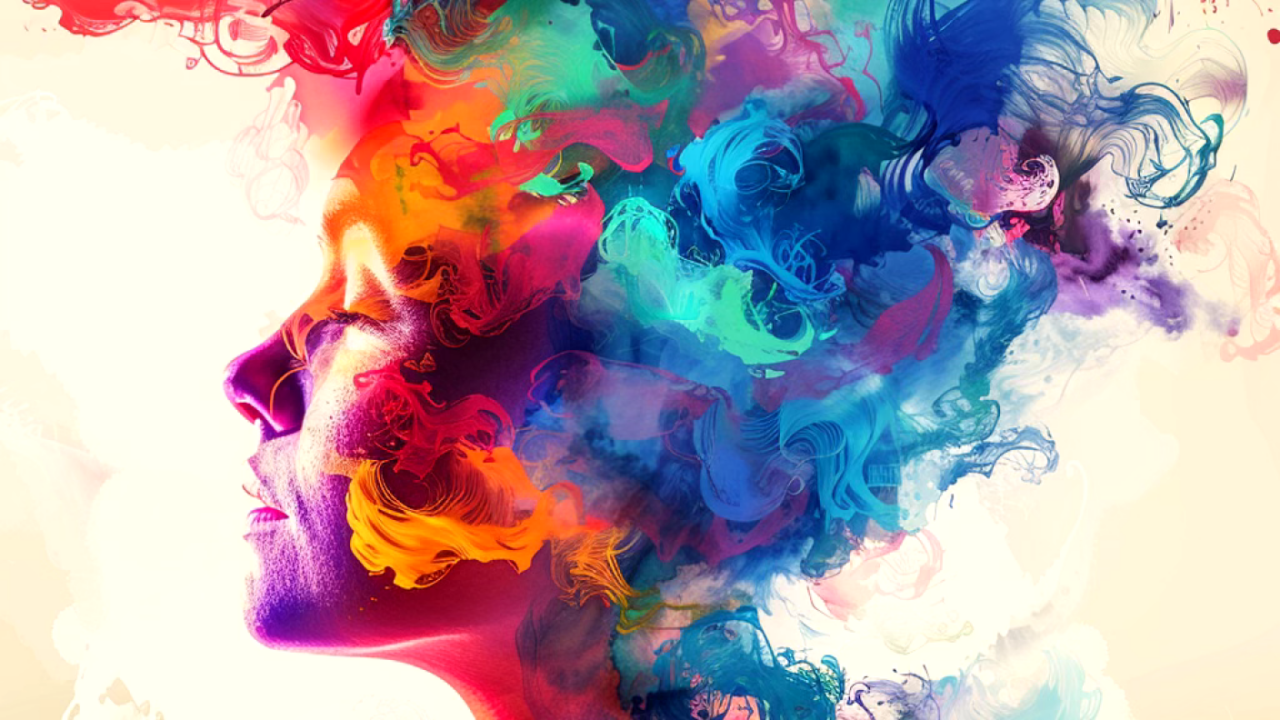Ever wondered why certain products just seem to call out to you from the shelves, while others barely catch your eye? The secret lies in the fascinating world of psychology and the art of persuasion. Marketers have long tapped into the intricacies of the human mind to craft messages that not only capture attention but also compel action. Let’s explore the science behind why we buy what we buy and how savvy marketers harness these principles to influence our decisions.

Understanding Consumer Behavior
At the heart of effective marketing is a deep understanding of consumer behavior. This involves knowing what drives people to make purchasing decisions. Is it the need for status, the desire for convenience, or the allure of a good deal? By understanding these motivations, marketers can tailor their messages to resonate with their target audience’s underlying desires.
The Power of Social Proof
One of the most powerful tools in a marketer’s arsenal is social proof. This concept, rooted in psychology, suggests that people look to others when making decisions. If a product is popular or endorsed by celebrities and influencers, it becomes more appealing. Think about those rave reviews or the viral TikTok trend that had everyone rushing to buy a particular item. Social proof creates a sense of trust and urgency, driving people to follow the crowd.

Scarcity and Urgency
Another psychological trigger is scarcity. When a product is perceived as scarce or in limited supply, it becomes more desirable. This is why you often see phrases like “limited edition” or “while supplies last” in marketing campaigns. These tactics create a sense of urgency, prompting consumers to act quickly to avoid missing out on something exclusive.
Emotional Appeals
Emotions play a crucial role in decision-making. Marketers use emotional appeals to connect with consumers on a deeper level. Whether it’s a heartwarming story in a commercial or an inspiring message that aligns with personal values, emotional marketing can create a strong bond between the consumer and the brand. This connection often translates into loyalty and repeat purchases.

The Role of Color and Design
Visual elements, such as color and design, also have a significant impact on consumer behavior. Colors can evoke specific emotions and associations. For example, red can create a sense of urgency and excitement, while blue often conveys trust and calm. Effective design ensures that a product stands out and is easily recognizable, further influencing purchasing decisions.
The psychology of persuasion is a powerful force in the world of marketing. By understanding the motivations and triggers that drive consumer behavior, marketers can create compelling messages that resonate and influence decisions. Next time you find yourself reaching for that must-have item, remember there’s a carefully crafted strategy behind it, tapping into the very core of human psychology.
By Stanislav Kondrashov



